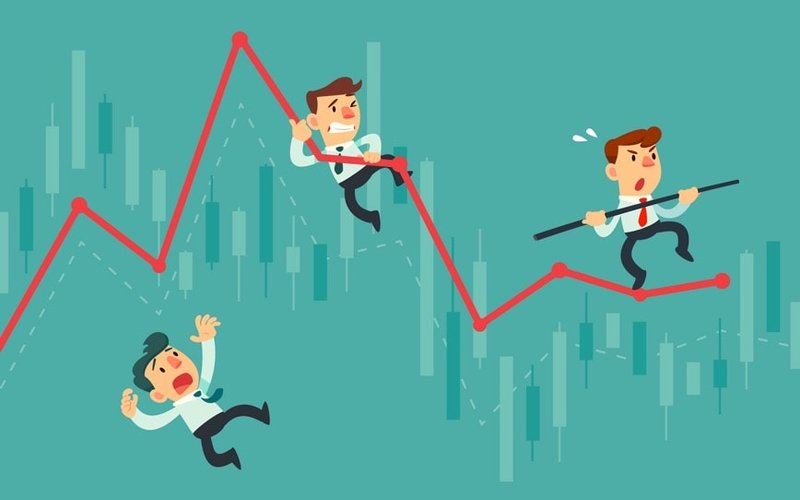One of the greatest recent films on share markets was The Big Short which was released in 2015.
Starring Steve Carell, it did a fairly good job of explaining how shorting works and in particular how gathering information on the sort of junk property loans that were then being written in the US and collected together in highly rated collateralised debt obligations (CDOs) helped to bring about the global financial crisis.
It also showed how investors such as Michael Burry (played by Christian Bale) and Mark Baum (Steve Carell) could dramatically profit from shorting stocks – making money by selling shares and buying them back later at a cheaper price.
Shorting is tough to access and tough to do
In real life, shorting has been a difficult thing for small investors to use and it is also a more difficult strategy than many to master, given that you can be right about the problems a company or sector is going through but wrong about the timing of going short.
One potential answer has arrived in the form of a new exchange-traded fund that will actively identify and short ASX-listed companies.
Developed by VanEck and known as the VanEck Australian Long Short Complex ETF (ASX: ALFA), the aim of what is effectively a listed hedge fund offering without the high initial investment hurdle is to outperform the ASX 200 by selecting a concentrated portfolio of what its model predicts to be the best bets on the index, while also shorting its worst.
Bringing quant to the ASX
The fund has been in the works for a few years now and combines quantitative, technical trading signals and macroeconomic data to rank around 230 ASX stocks.
These stocks are given a score from zero to one and the fund then selects its highest conviction long and short positions for its portfolio.
As you would expect, this fund will feature a lot of short-term share turnover given that company ratings can change quite quickly from month to month.
During a test run of the fund last year, it achieved some notable successes such as choosing JB Hi-Fi (ASX: JBH) as a long position for 10 out of the 12 months, with the shares rising more than 50% in 2024.
One of the successes on the short side was Neuren Pharmaceuticals (ASX: NEU) which popped on to the short list in one month and lost around half of its value during 2024.
Expect some volatility
While these are high profile examples, long short strategies can be quite volatile so like the characters in The Big Short, investors could be in for a bit of a wild ride.
The advantage of ALFA is that it uses the same sort of systematic approaches used by complex hedge funds with high minimum investments, which can now be used by smaller investors, who can invest smaller amounts of money.
The main reason this is now more available is that the data feeds and powerful computing used to analyse it has come down in price and will hopefully allow for more efficient investing.
So far, the ETF market has been dominated by passive, index-based approaches and more active forms of investment have struggled to get much traction so ALFA will be an interesting experiment in seeing if ETF investors are willing to embrace a more active approach.
Indeed, given the amount of potential share turnover within this fund, it could actually be called hyperactive funds management!
In the past year, many active ETF’s were launched but the active ETF sector overall saw fund outflows.
In terms of the popular “core and satellite” approach in which core ETFs represent the main share market indices, products such as ALFA belong more in the satellite category, capable of developing outsized returns in certain market situations at the expense of greater volatility.
